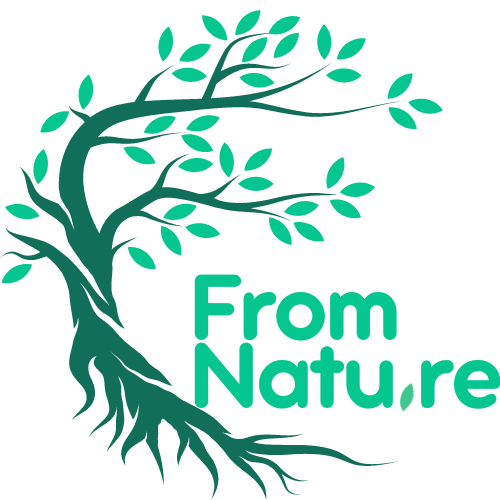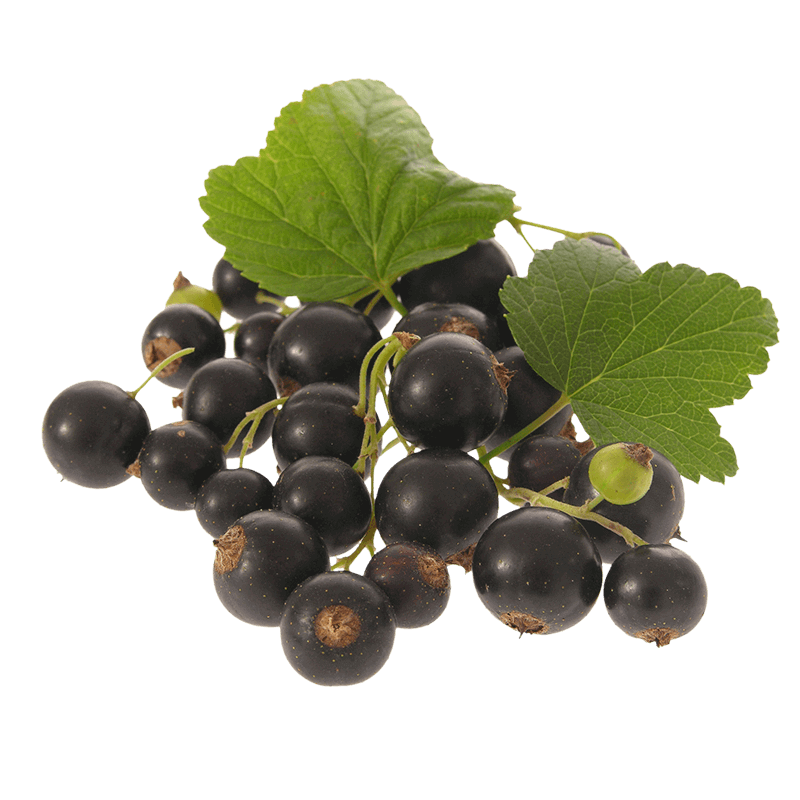Latin name
Ribes nigrum L.
Origin
North Europe and Asia.
Used part
The leaves.
Active components
Flavonoids and phenolic components: antioxidant action.
Proanthocyanidins: anti-inflammatory action.
Vitamin C: Antioxidant action.
Essential oil: responsible for its diuretic action.
Usage
In traditional medicine, the leaves of the blackcurrant plant are mainly used for their diuretic effect. They eliminate uric acid, but also act against joint and rheumatic pain. Moreover, applications are also described to treat conditions such as diarrhoea, coughs and wound care. Scientific research into blackcurrant leaves has clearly demonstrated its beneficial action on the comfort and mobility of joints, particularly in the case of rheumatic diseases. The leaves also contribute to proper muscle function. These effects can be attributed to interactions in the inflammatory process and in the accompanying pain. 2-6 Blackcurrant buds have recently been used in certain products, for diuretic purposes among others, but to date only its antioxidant and antimicrobial actions have been scientifically proven. 7-10 The EFSA currently refutes all claims relating to this medicinal plant.

